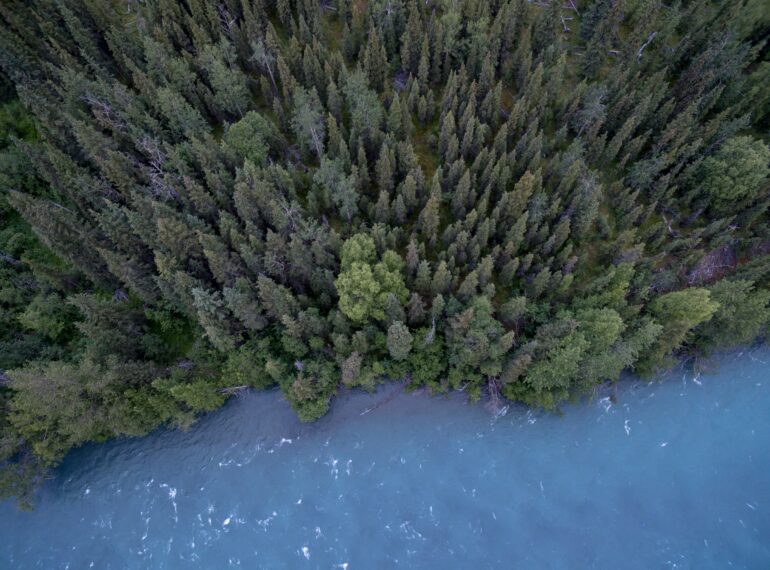
Through technical assistance and other U.S. conservation programs, conservationists in every part of the United States help bring environmentally beneficial improvements to farms, ranches and forests.
Background: The majority of U.S. Department of Agriculture spending on environmental stewardship comes through well-known programs such as the Conservation Reserve Program and a few others, but the Department also offers a number of smaller programs targeted toward specific needs, as well as providing extensive technical assistance to producers outside the structure of particular programs.
Program Operation: The Natural Resources Conservation Service (NRCS) is a provider of advice, expertise, information resources and other services to producers, whether or not they are enrolled in any of the agency’s programs. A major trend in recent years has involved greater emphasis on “working lands” programs, where some agricultural production continues under environmental guidelines, as opposed to land retirement programs. This shift recognizes the food security needs of a growing world population that is expected to reach 9 billion later this century, encourages production practices that secure environmental goods. The following list is not exhaustive, and a number of smaller programs also operate within NRCS and other agencies. (Statutory authority is cited at the end of each program description.)
Technical Assistance: NRCS has a network of locally- based professional conservationists who serve every county in the United States. The agency helps farmers and other landowners to improve the natural environment by enhancing the management of private lands; improving water quality and wildlife habitat; and developing sustainable agricultural systems, among other activities. NRCS provides assistance through assessing resources, designing conservation practices, monitoring resource levels and evaluating practices that are already in place. Technical assistance does not include any direct financial aid to producers, but it may help them qualify for other NRCS programs that do share costs. 16 U.S.C. 590a-g, 16 U.S.C. 590q.
Regional Conservation Partnership Program: This program, created by the Agricultural Act of 2014, consolidates several older programs that all utilized partner organizations to work with landowners for environmental benefits with an annual budget of $300 million dollars. These organizations include farmer cooperatives, forestry groups, state and local governments, and others. The program helps producers restore soil, water, wildlife and other natural resources, with 50% of funding dedicated to Critical Conservation Areas, like the Chesapeake Bay Watershed, Longleaf Pine Range, the Colorado and Mississippi River basins, and Western Waters. 16 U.S.C. 3871.
Emergency Conservation Program: This program helps rehabilitate farms and ranches that were damaged by natural disasters and develop water conservation methods during severe droughts and was funded at nearly $7 million in 2018. Funding varies with the occurrence of natural disasters. 16 U.S.C. 2201-2205.
Emergency Watershed Protection Program: The EWP reduces hazards to life and property in watersheds damaged by natural disasters by funding disaster cleanup activities or purchasing easements to reduce the risk of future flooding. 2018 funding was $541 million. 16 U.S.C. 2203, 33 U.S.C. 701b-1.


